Understanding Malaysian Street Food Culture
12 min read Explore the vibrant world of Malaysian street food and its cultural significance through diverse flavors and bustling markets. July 01, 2025 21:05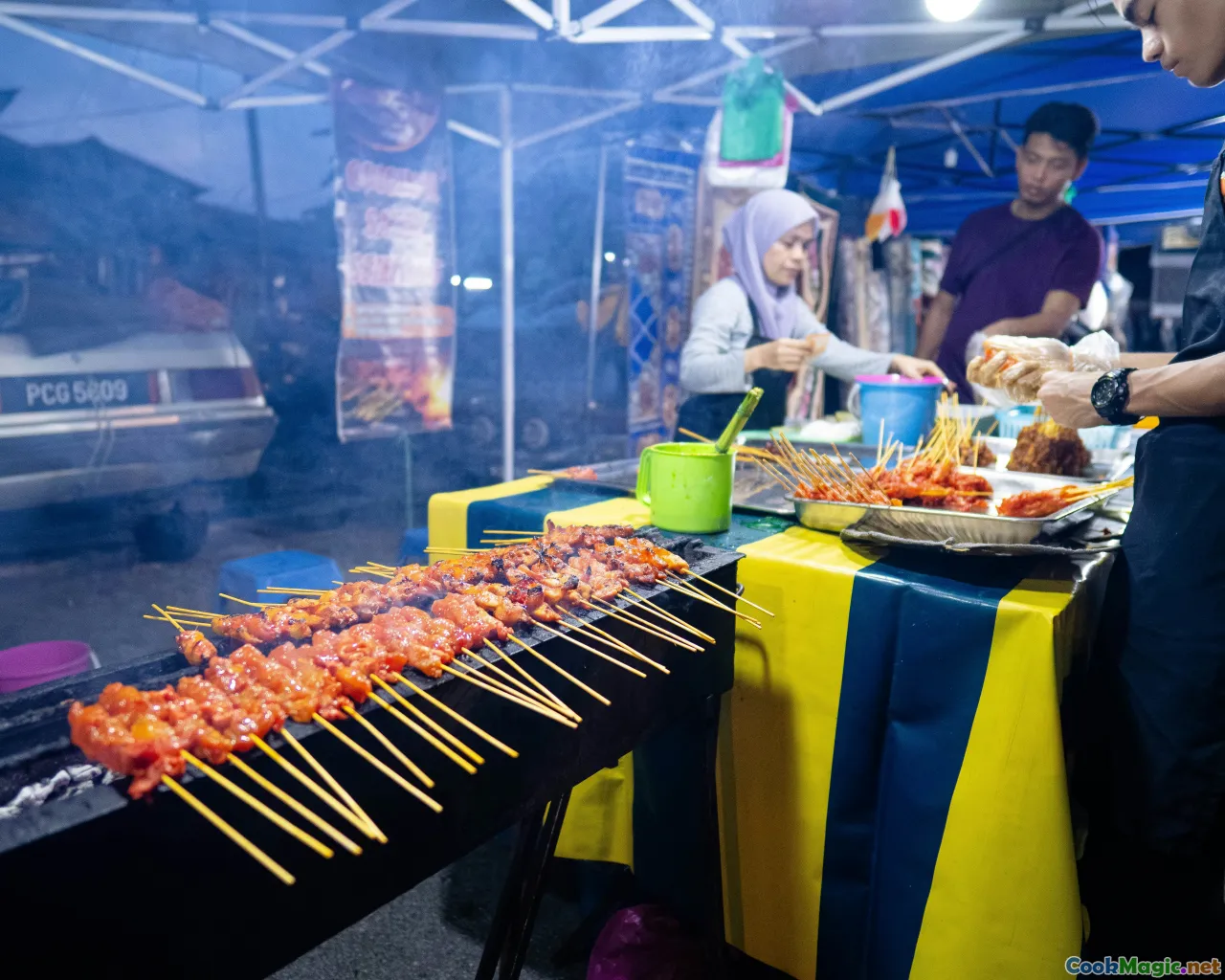
Understanding Malaysian Street Food Culture
Stepping onto the bustling streets of Kuala Lumpur, Penang, or Johor Bahru, you're immediately engulfed by an orchestra of sights, sounds, and scents that tell stories of Malaysia’s rich cultural tapestry. Malaysian street food isn’t just about sustenance; it’s an immersive experience—an artful blend of history, tradition, and community spirit passed down through generations. Here, every stall, every sizzling wok, and every colorful display of skewered satays or steaming bowls of laksa are living embodiments of Malaysia’s diverse heritage.
Malaysian street food is an intricate mosaic reflecting the country's multicultural identity—Malay, Chinese, Indian, Indigenous, and beyond. Each dish and tradition stands as a testament to centuries of cultural exchange, migration, and adaptation. To truly understand Malaysian street food is to delve into its soul—a dance of flavors that evoke emotion, nostalgia, and pride.
Let's embark on a flavorful journey through Malaysia’s vibrant street food culture, exploring its origins, defining dishes, cultural significance, and the zest that makes it a culinary phenomenon.
The Roots of Malaysian Street Food: A Crossroads of Cultures
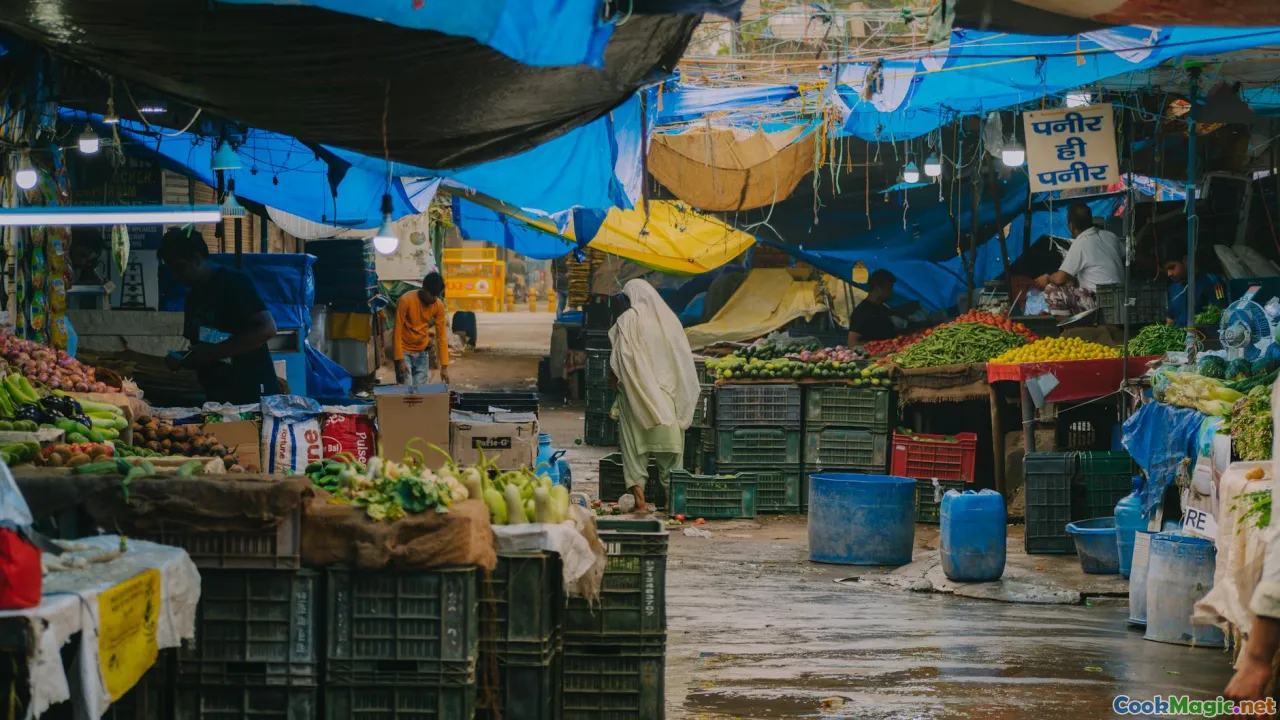
Malaysia's geographical position as a maritime crossroads has historically made it a melting pot of cultures. From the spice routes of ancient Southeast Asia to colonial influences, the culinary landscape here embodies a fascinating blend of flavors.
The Malay peninsula, with its bustling ports and trading hubs, welcomed merchants, explorers, and settlers who brought with them their own ingredients, cooking styles, and culinary philosophies. Chinese immigrants introduced stir-fry techniques and dim sum; Indian workers popularized curries and banana leaf dishes; indigenous communities contributed their unique ingredients like wild herbs and freshwater fish.
This multicultural nexus is visibly integral to street food. The vibrant night markets or "pasar malam" are where these influences are unleashed in a harmonious chaos—smoky grills, fragrant herbs, and the rhythmic clatter of woks. Malaysia's street food is not merely nutrition but a living record of its history.
Iconic Malaysian Street Food Dishes
Nasi Lemak: The National Treasure
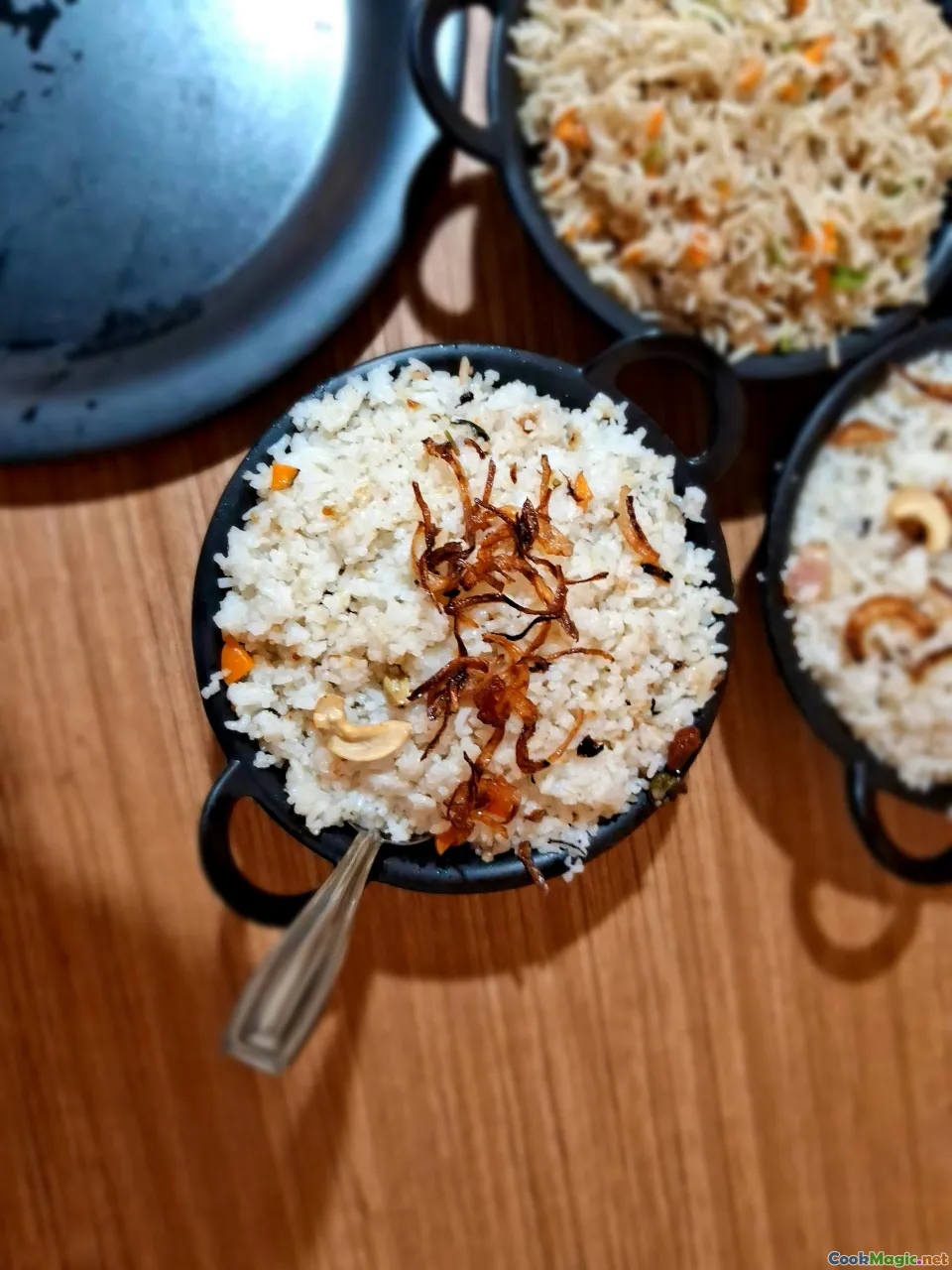
No discussion of Malaysian street eats would be complete without mentioning Nasi Lemak—a fragrant coconut milk-infused rice served with an array of accompaniments. From banana leaves, vendors prepare this comfort food that embodies Malaysian flavors.
Every bite promises a symphony of textures: the fluffy, aromatic rice, the spicy tang of sambal chili, the crunch of toasted ikan bilis (anchovies), and the creamy richness of sambal. It’s often accompanied by hard-boiled or fried eggs, sliced cucumbers, and a dollop of dense, spicy chicken or beef rendang.
Stalls in the mornings and evenings whip up this iconic dish with local specialties, each claiming their unique twist—ranging from extra sambal to the inclusion of fried chicken or seafood. Nasi lemak isn't just breakfast; it's a unifying dish across all cultural lines.
Penang Char Koay Teow: The Stir-Fried Symphony
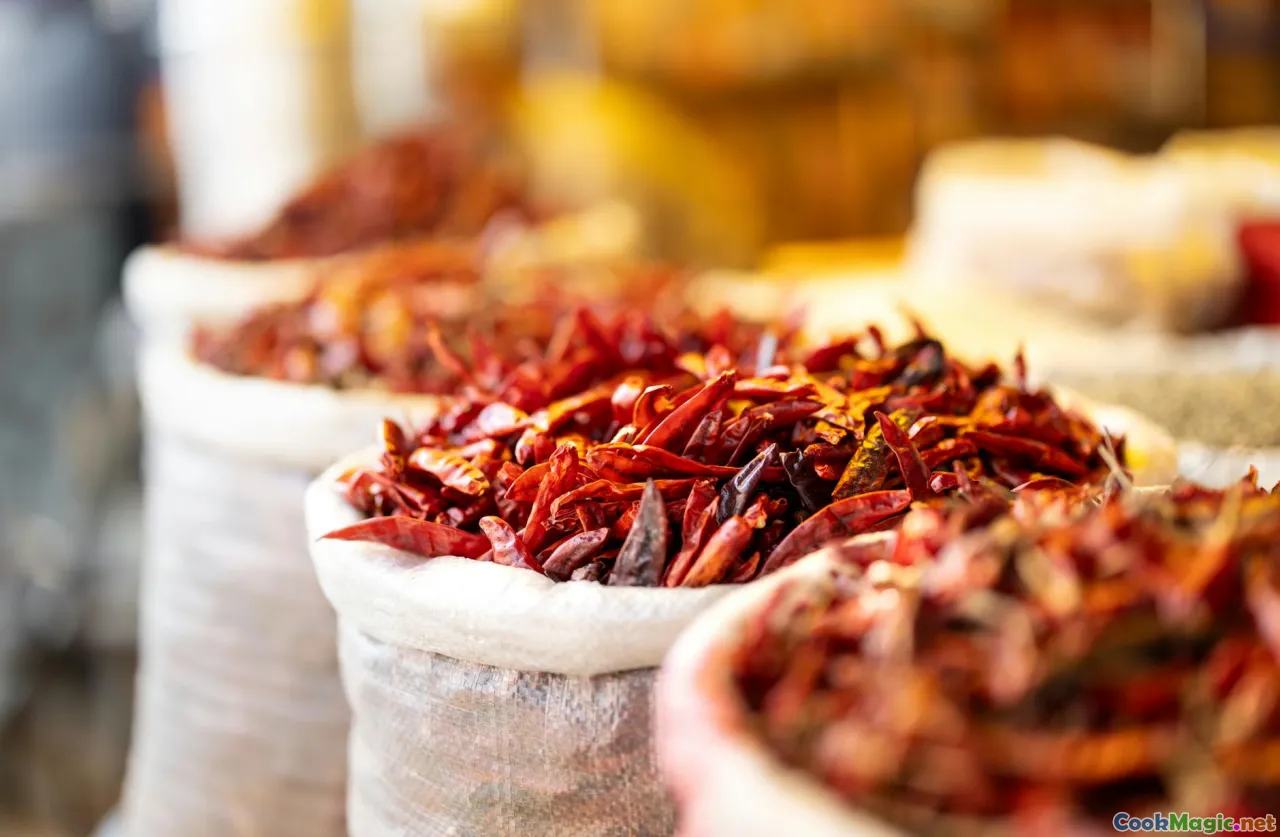
Travelers savoring Penang’s streets often find themselves mesmerized by the smoky scent rising from open-air wok stations. Here, Char Koay Teow—stir-fried rice noodle strips—is an absolute must.
Made with flat rice noodles, prawns, Chinese sausage, bean sprouts, and chives, this dish achieves a perfect balance between smoky aroma (wok hei), umami, and a hint of heat from chili. The secret is in the high-heat quick stir, creating a slightly charred, flavorful crust that’s addictive.
Many stalls add their signature splash of soy sauce or squeeze of lime, playing with subtle variations that delight locals and explorers alike. It’s vibrant, bold, and exemplifies the Chinese-Malay culinary intersection.
Roti Canai: Flatbread with Soul
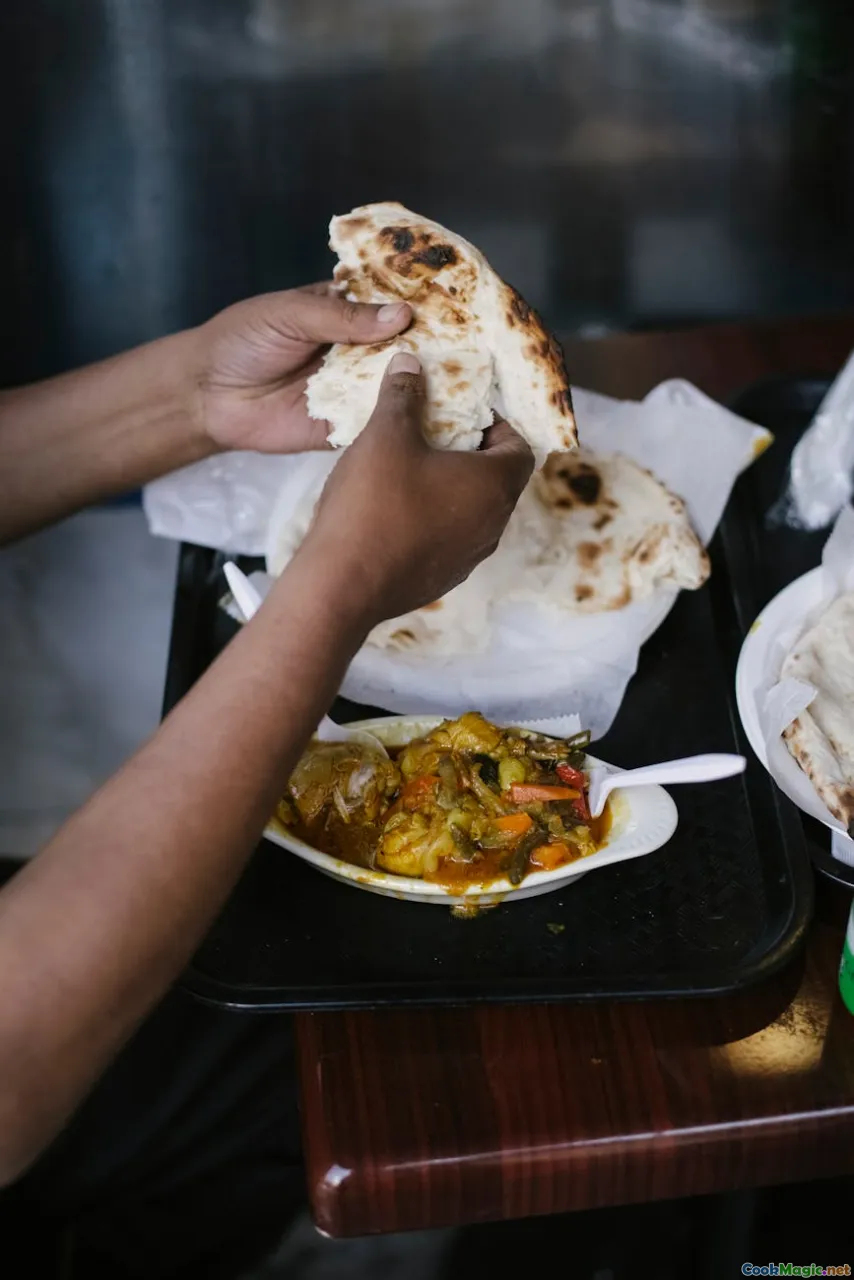
Indo-Malay influence shines beautifully with Roti Canai, a flaky, crispy flatbread folded into delicate layers, traditionally cooked on a hot griddle.
It’s often served with a flavorful dhal (lentil curry), in addition to other spicy dips like chicken curry or sambal. The preparation involves skillful tossing and spinning—a dance that results in a crispy exterior and a soft, chewy interior.
In early mornings or at night markets, vendors serve steaming roti alongside sweetened condensed milk or sugar, creating a sweet and savory snack that’s beloved across all ages.
Laksa: The Spicy Noodle Soup
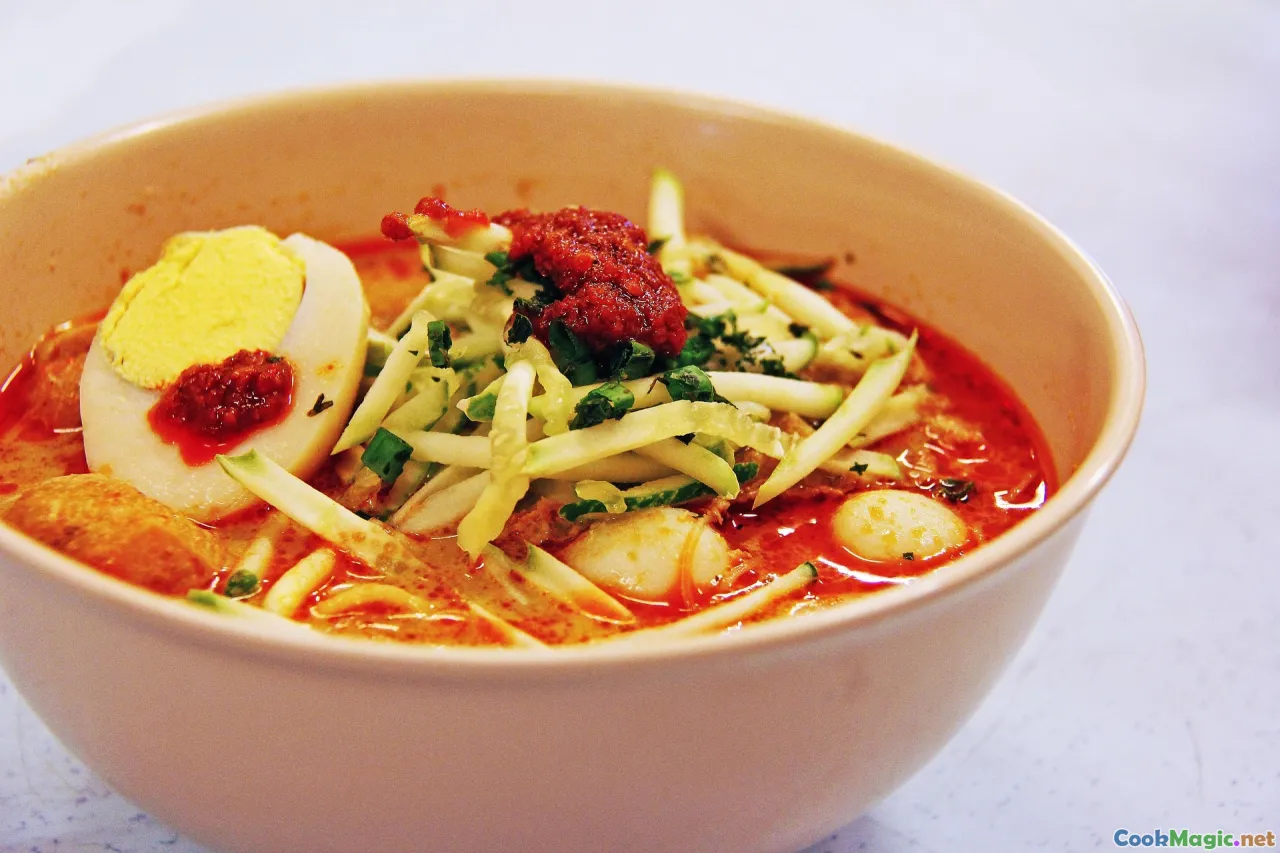
A spicy, flavorful bowl of Laksa encapsulates Malaysia’s love for complex, layered dishes. Variants like Penang Asam Laksa or Sarawak Laksa reflect different regional tastes—tangy, sour fish soup versus coconut-rich, fragrant broth.
In a typical street stall, a large pot bubbles with rich broth simmering with lemongrass, tamarind, turmeric, and fresh seafood or chicken. The bowl is topped with herbs—cilantro, mint, and sliced chilies—adding layers of freshness and heat.
Eating laksa is emotional—each spoonful a comforting, fiery embrace—a dish that unites communities and generations.
Cultural Significance: More Than Just Food
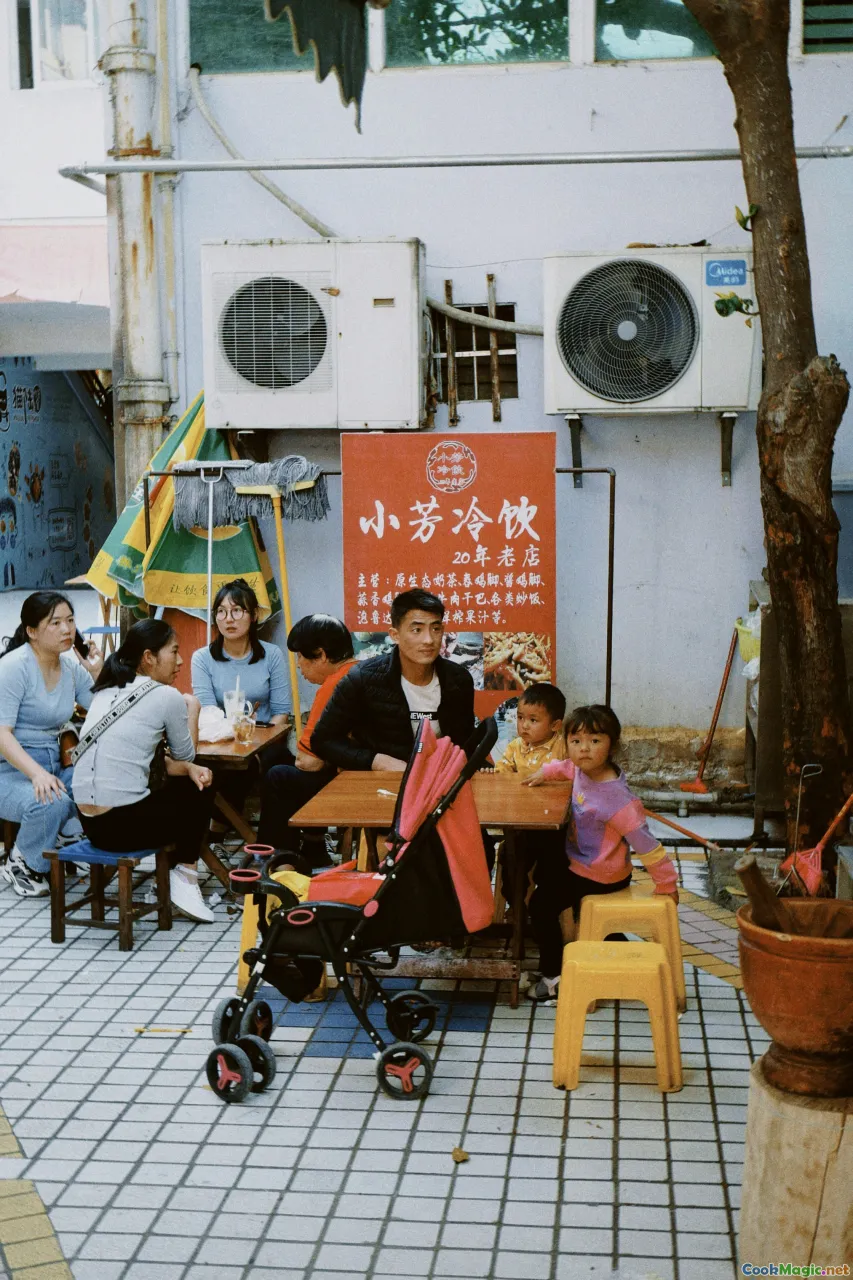
Malaysian street food transcends sustenance; it is an essential thread in the fabric of social and cultural identity. Night markets serve as communal gathering spaces, fostering unity and shared heritage. Food vendors are often family-run, passing recipes, skills, and stories through generations.
Festivals like Hari Raya, Chinese New Year, and Deepavali are celebrated with specific dishes—ketupat (woven rice cakes), mooncakes, and sweets—that begin or culminate in communal meals at street stalls. Such traditions foster a deep sense of belonging and pride.
Sharing street food also bridges cultural gaps. Outside bustling hawker centers, you find family groups, young friends, and tourists sharing tables, creating spontaneous friendships over spicy sambals or sweet iced drinks.
Navigating Malaysia’s Street Food Scene: Tips & Insights
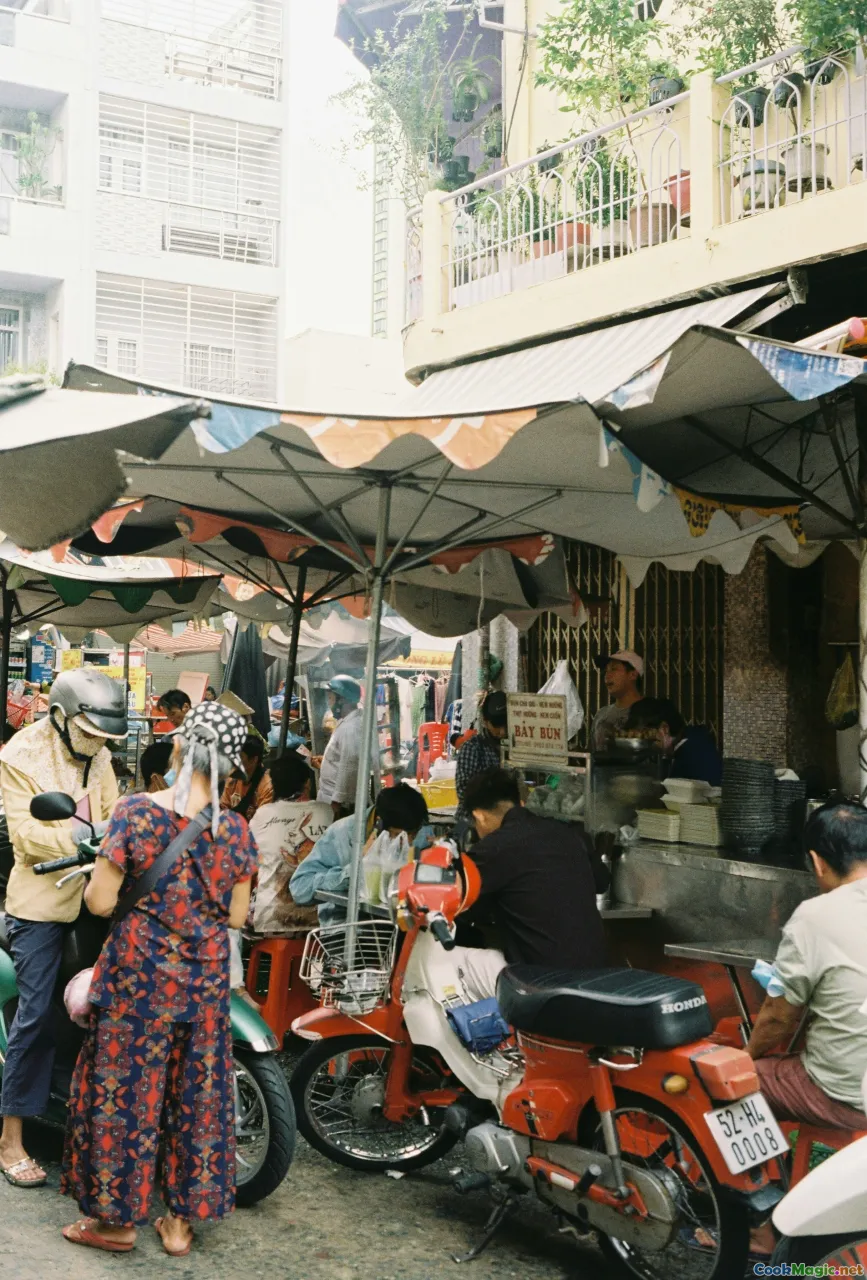
- Timing is everything: Most stalls open early mornings or evenings. The magic often happens at dusk when temperatures cool and flavors intensify.
- Follow your nose: Aromas of roasting meats, frying dough, and spicy herbs naturally attract hungry passersby. Trust them.
- Respect local customs: Use your right hand or utensils to eat; ask politely if unsure about ingredients, especially if allergic.
- Sample widely: Don’t stick to just one dish—diversity is the spice of Malaysian street food.
- Be adventurous: Street food often offers the most authentic, fresh, and inventive flavors, crafted with passion.
Personal Stories & Hidden Gems
Many seasoned food explorers will recall stumbling upon hidden stalls tucked into back alleys or caught in lively neighborhood festivals. These places often serve some of the most authentic and soulful dishes—fried noodles from a grandmother's stall, satay skewers grilled over palm shells, or a humble bowl of clear broth teeming with fresh herbs.
In Penang, I once visited a tiny roadside stall that only operated for a few hours during sunset. The owner, an elderly woman with a warm smile, prepared Assam Laksa with a secret family recipe. Each bowl was a symphony of tamarind, fish, and chili, deeply ingrained with nostalgia and love.
Such discoveries form the core of Malaysian street food's magic—a human story, a tradition, an emotion.
A Personal Reflection on the Eternal Allure
For me, Malaysian street food embodies more than just culinary mastery—it’s a culture of resilience, adaptability, and communal joy. It’s the aroma of spices that evokes childhood memories, the vibrant colors of fruits and condiments that stir the senses, and the shared laughter around a steaming bowl of noodles.
It’s an experience that teaches patience, an appreciation for diversity, and a respect for tradition, all conveyed through fiery sambals, fragrant herbs, and perfectly grilled satays.
In embracing Malaysia’s street food culture, we’re not only tasting flavors; we’re participating in a centuries-old mosaic of human stories—an ongoing celebration of unity in diversity, one bite at a time.
Malaysia’s street food is an open invitation to explore, understand, and celebrate its vibrant heritage. Conduct your own culinary journey—trust your senses, ask questions, and most importantly, savor the stories that come with every dish. Remember, in Malaysia, every street corner tells a delicious story waiting to be discovered.









